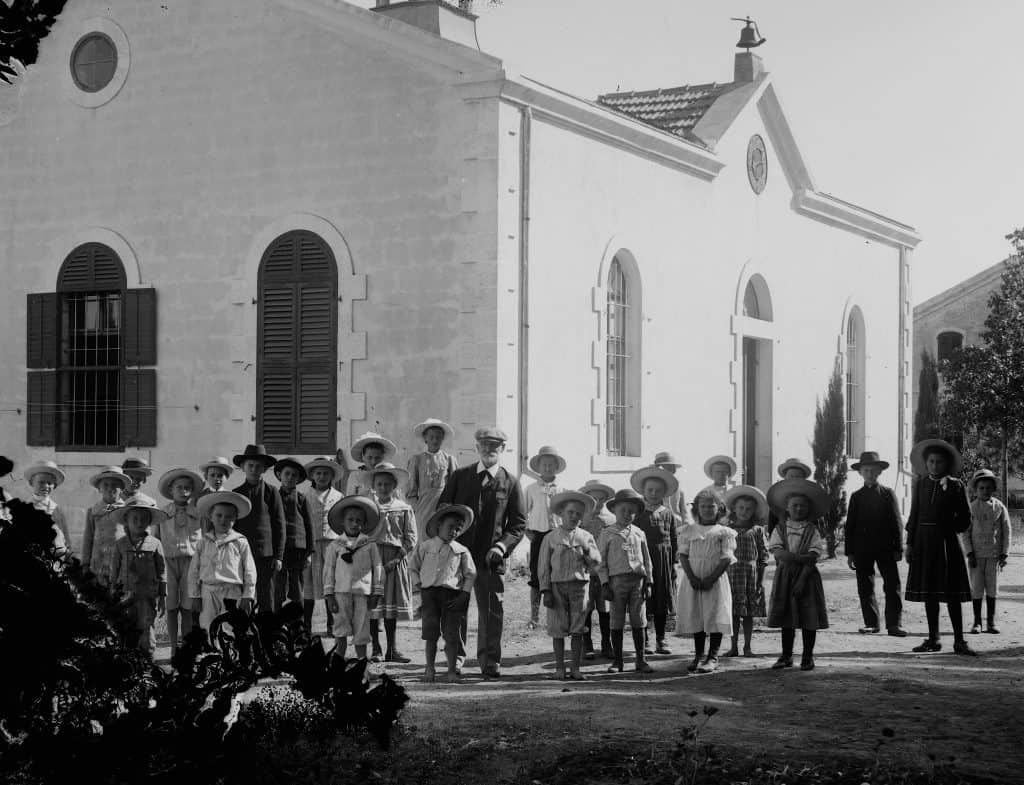Amidst the pages of history, the Templers are a remarkable and lesser-known chapter. Emerging from a Pietist movement in the 19th century, the Templers carved their path by combining religious devotion with innovative communal living and urban planning. Join us on a journey to explore the Templers, a pietist sect that left an indelible mark on history.

Origins and Beliefs
The Templers originated as a pietist movement within the Lutheran Church. Influenced by the idea of returning to a simpler, more devout form of Christianity, they emphasized personal piety, moral living, and a strong sense of community. Their beliefs led them to seek a closer connection with the land where biblical events unfolded.

Colonial Ventures
Fueled by their religious ideals, the Templers ventured to the Holy Land, primarily settling in Palestine during the late 19th and early 20th centuries. They established colonies that were a unique blend of German efficiency and Middle Eastern culture, incorporating innovative agricultural and architectural practices.

Urban Planning and Architecture
One of the most striking aspects of the Templers’ legacy, is their influence on urban planning and architecture. Their settlements, marked by orderly streets, European-style houses, and meticulous landscaping, left an indelible mark on towns like Haifa and Jerusalem, contributing to their distinct character.

Agricultural Innovations
The Templers embraced agricultural pursuits as part of their vision for a simpler life. Their innovations in farming and land cultivation significantly contributed to the region’s economic development. Orchards, vineyards, and experimental farming methods marked their colonies.

Tensions and Transitions
Over time, tensions arose between the Templers and the British Mandate authorities, leading to their departure from Palestine during World War II. Their settlements were later repurposed for various purposes, including housing and institutions.

Legacy and Influence
The legacy of the Templers is multifaceted. Their commitment to community, architectural ingenuity, and agricultural advancements had a lasting impact on the region’s development. The traces of their settlements continue to shape the landscapes of modern-day Israel.
A Complex Narrative
The story of the Templers, is one of complexity and contrasts — a blend of religious devotion and pragmatic pursuits, innovative vision, and historical significance. Their journey resonates as a testament to the power of faith to inspire remarkable endeavors.

A Living Heritage
As you explore Israel’s landscapes, the legacy of the Templers comes to life. The streets they planned, the houses they built, and the values they upheld remain silent witnesses to their unique chapter in history.

Discovering the Templers
Embarking on a journey to uncover the Templers’ heritage is to uncover a hidden gem within the broader tapestry of history. Their story invites us to ponder the dynamics of faith, community, and the human pursuit of a higher purpose.

